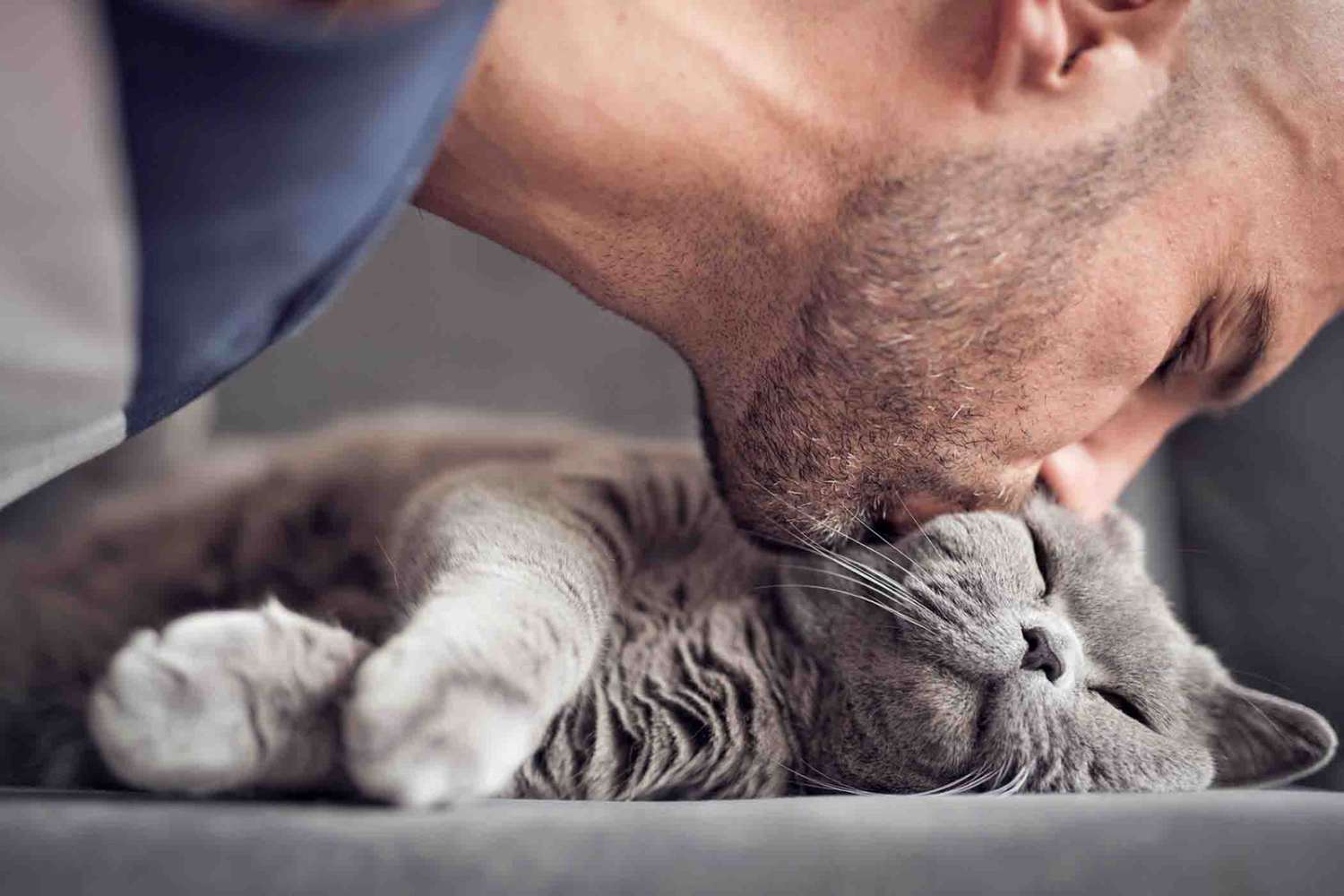0
Indoor cats have distinct needs and behaviors that set them apart from their outdoor counterparts. To provide the best care for your indoor feline friend, it’s important to recognize and address these differences.
Firstly, indoor cats have a more limited environment compared to outdoor cats. While outdoor cats can roam freely, indoor cats may have a natural desire to explore. To satisfy this urge, it’s crucial to provide them with enrichment and mental stimulation. Interactive toys, puzzle feeders, and cat trees can offer opportunities for exploration and play within the confines of your home.
Exercise requirements are another consideration for indoor cats. They may have fewer opportunities for physical activity compared to outdoor cats. To prevent obesity and keep them healthy, engage your indoor cat in regular play and exercise sessions. Interactive toys like feather wands and laser pointers can encourage physical activity.
Indoor cats rely on a litter box for their bathroom needs. Ensuring a clean and accessible litter box is vital to their well-being. Regular scooping and maintaining a consistent location for the litter box can help prevent litter box issues.
Social interaction is essential for indoor cats, as they may crave companionship with their human caregivers. Spending quality time with your cat through play, cuddles, and conversation can fulfill their need for social interaction and contribute to their mental health.
Cats have a natural instinct to scratch, which helps them maintain healthy claws and mark their territory. Providing scratching posts or pads can help satisfy this behavior and protect your furniture from damage.
Bonding with your indoor cat is a crucial aspect of their well-being. It fosters an emotional connection, creating trust and security between you and your cat. This connection contributes to their happiness and reduces stress. Interactive play, petting, and positive interactions all strengthen the bond.
Mental stimulation is vital for indoor cats, and bonding activities offer this stimulation. Interacting with your cat through play and enrichment keeps their minds active and engaged. This mental stimulation is essential for their overall well-being.
Furthermore, regular play and interaction help your cat stay physically active and maintain a healthy weight, reducing the risk of obesity-related health issues. It also helps alleviate anxiety or boredom that indoor cats may experience, as a content cat is less likely to engage in destructive behaviors.
Lastly, bonding with your cat can be a source of joy and companionship for both of you. It strengthens the human-animal bond and can lead to a happier and more fulfilling relationship.
In summary, understanding the unique needs and behaviors of indoor cats and actively bonding with them are essential aspects of providing the best care for your feline companion. By meeting their physical, mental, and emotional needs, you can ensure that your indoor cat lives a happy and healthy life within the confines of your home.
Creating a Cat-Friendly Environment
Creating a cat-friendly environment goes beyond just accommodating your pet; it’s about crafting a space that resonates with their natural instincts and behaviors, ensuring their happiness and well-being. Cats, as inherently curious and playful creatures, thrive in environments that are both safe and stimulating. This means designing spaces and choosing accessories that align with their instinctual needs. Let’s explore how to create such an environment in more detail.
Safe and Stimulating Spaces: A Focus on Feline Instincts
Cats have a natural proclivity for exploring and observing their world from various vantage points. To cater to this, introducing vertical spaces like cat trees or wall shelves can provide them with the perfect perches to survey their domain. Another vital aspect of a cat’s natural behavior is scratching, which helps them maintain claw health and mark their territory. Integrating scratching posts or pads with different textures and shapes can fulfill this need.
Interactive elements in their environment can greatly enhance their quality of life. Options like window perches offer a view of the outdoors, allowing them to observe birds or other wildlife. For those who prefer indoor stimulation, a safely enclosed fish tank can provide visual entertainment. If outdoor access is feasible, a secure catio or supervised leash walks can offer an enriching experience while keeping them safe.
Cats also need their privacy and downtime. Providing hideaways or cozy nooks with enclosed beds can offer them a sanctuary for relaxation and peace.
Choosing the Right Toys and Accessories: Enhancing Play and Interaction
The selection of toys is crucial in keeping your cat engaged and active. A variety of toys, such as interactive ones, balls, and plush toys, can cater to different play preferences. Regularly rotating these toys can sustain their interest and prevent boredom.
Interactive play sessions with toys like feather wands or laser pointers can strengthen the bond between you and your cat, but always ensure these activities are supervised for safety. When selecting toys, prioritize quality and safety over quantity, avoiding toys with small parts that could be ingested.
The Importance of Comfort: Establishing Restful and Safe Zones
Comfort is paramount in creating a cat-friendly environment. Soft, cozy beds placed in quiet areas, especially heated ones, can be a haven for older cats. Respecting their need for solitude is also essential; if your cat retreats to its safe spot, allow them their privacy.
Cats appreciate routine and stability in their lives. Keeping their feeding, play, and rest times consistent can contribute to their sense of security and well-being. Additionally, ensuring their environment is free from hazards like toxic plants and choking risks is crucial for their safety.
Creating a cat-friendly environment is an exercise in understanding and catering to your cat’s natural needs and behaviors. It’s not just about providing toys or beds but creating a holistic space that nurtures their instincts, safety, and comfort. By doing so, you not only enhance your cat’s quality of life but also deepen the bond you share. Remember, a content and happy cat contributes to a harmonious and joyful home.

